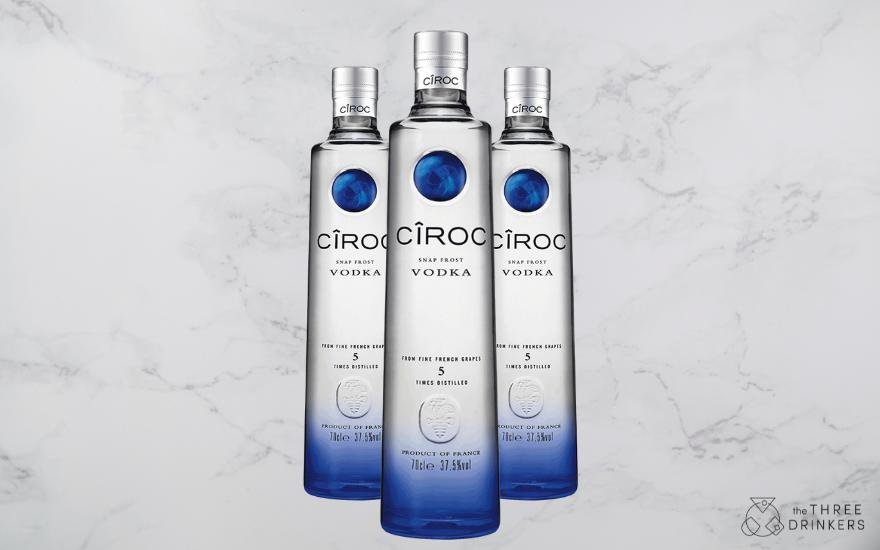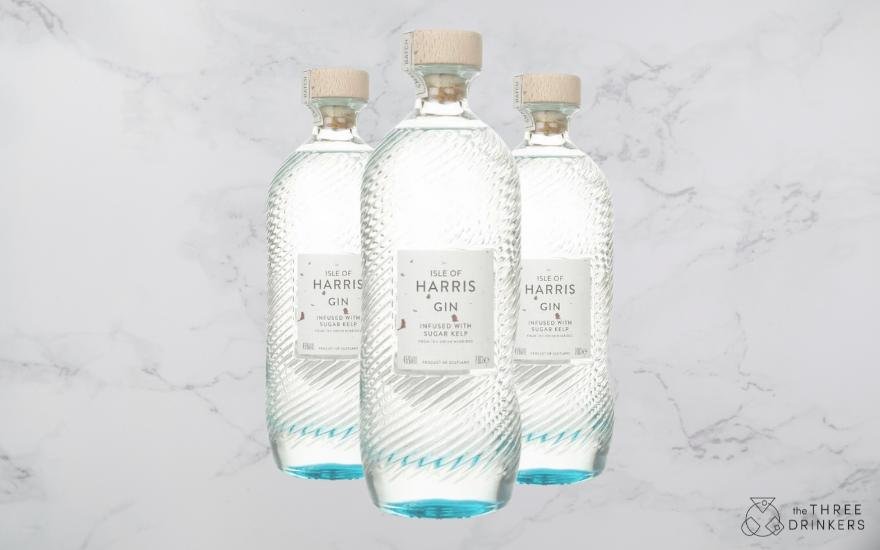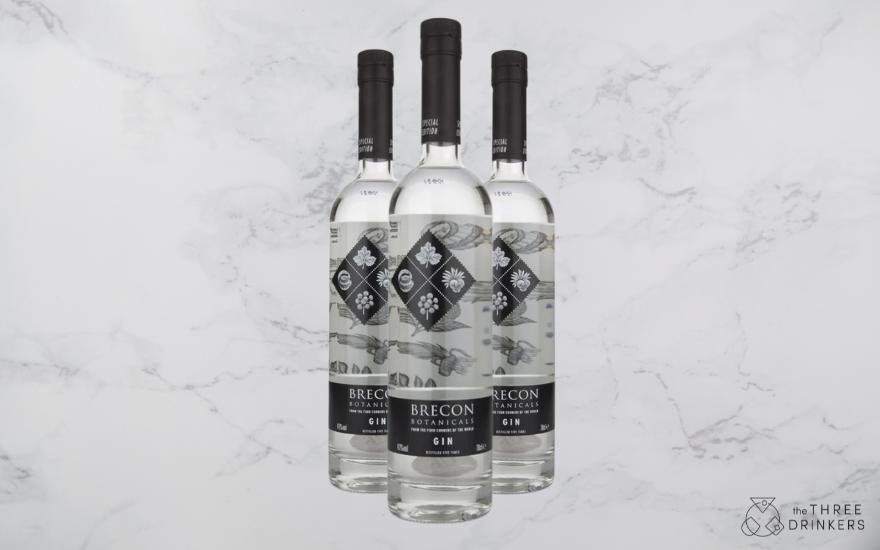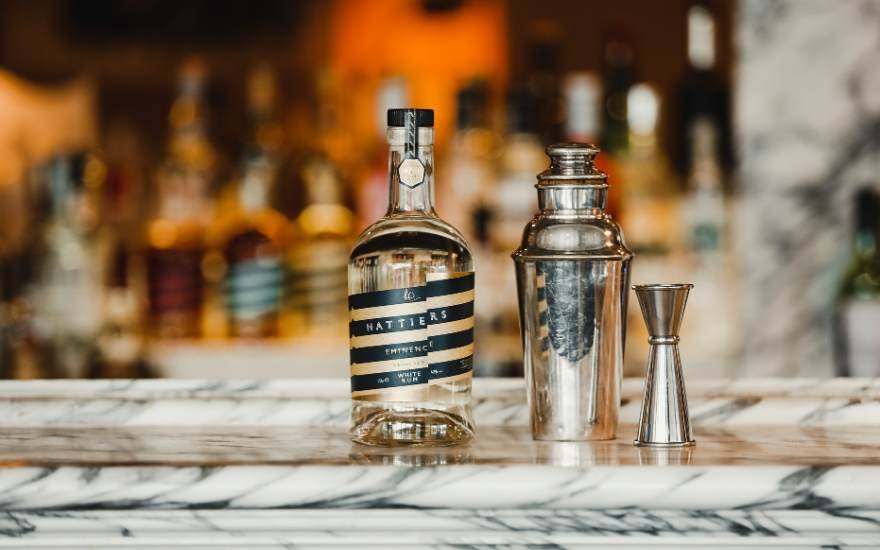With so many new cocktails invented every year and hundreds of classics to compete with, it takes a hell of a lot for a cocktail to become not just a world favourite, but arguably the world favourite – the Margarita. Punchy and bright, this timeless tipple is loved everywhere, bringing easy-drinking charm and experimental adaptability.
The origins of the Margarita are as colourful as the drink itself, with several tales vying for the official story. Was it invented in a glamorous Tijuana nightclub in the 1930s? Or Tommy’s Place in Ciuadad Juárez when a lady ordered a ‘Magnolia’? Or perhaps in Texas as a twist on a Tequila Daisy? One popular legend credits a socialite named Margarita Sames, who famously mixed the cocktail for her guests in Acapulco in the 1940s. We know that it means ‘daisy’ in Spanish, so it’s evolved from The Daisy which was an old prohibition drink built around a base spirit, sugar and a sour. Wherever it first sparkled into existence, the Margarita swiftly became synonymous with sunny days and carefree vibes, offering a perfectly balanced mix of salty, sweet, sour, and bitter notes that tantalise the taste buds.
It's a simple breakdown of ingredients, but the balance is key, so let’s dive into how the basic ingredients work together and some of the choices you’ll have to make when bringing yours together…
What’s in a Margarita?
Tequila
The soul of the Margarita. Look for a 100% agave tequila, either Blanco or Reposado, for a clean and vibrant flavour. Blanco offers a fresh, unaged taste, while reposado brings a touch of oak and smoothness. For some affordable tequilas that are perfect, click here.
Appearance wise, the transparency of a Blanco delivers that classic Margarita hue that brims with fresh vitality, which is a plus. You’ll get strong agave flavour and sharp citrus that works perfectly in a Margarita. This is why most Margaritas you order in a bar will be made with Blanco. Reposado will take a more reserved, backseat and definitely makes for an interesting cocktail too, but for the classic recipe, go Blanco.
Lime juice
Freshly squeezed is the way to go. Bottled lime juice just won’t cut it when you’re looking for that crisp, tart punch. And remember, a room temperature lime rolled along the work surface is a lot easier to squeeze! Oh, and remember to save a wedge or two for the garnish.
Orange liqueur
Orange liqueur adds a sweet and citrusy depth, and there are two main liqueurs you’ll find in recipes. Cointreau is typically a bit more refined and aromatic, but Triple Sec works perfectly fine if that’s what you have on hand. Grand Marnier is also used, which is blended with Cognac as you can read here. If you want a classic recipe, go Cointreau.
Optional but preferred – syrup
We’ve marked this as optional, but many bartenders will include it – like everything here, it’s up to you. If you like your Margarita on the sweeter side, a dash of simple syrup or agave can balance the tartness perfectly.
Agave syrup will clearly complement the other ingredients and bring even more complexity, deeper flavour and a longer finish to each sip. However, the syrup is here to bring sweetness, so an easy simple syrup is more than adequate.
Optional – salt rim
Ah, the item of controversy. To salt or not to salt? Ultimately, this down to personal preference. If you’re serving guests, then check with them. If you can’t ask them, why not go half and half? We usually prefer it without here at The Three Drinkers, especially if you’ve splashed out on a great tequila, but each to their own! If you do add some, go easy and only add a little – it’s so easy to overpower everything. When done well, the salt can add another dimension, brightening the sweet and sour notes.
The Classic Easy Margarita Recipe











































































